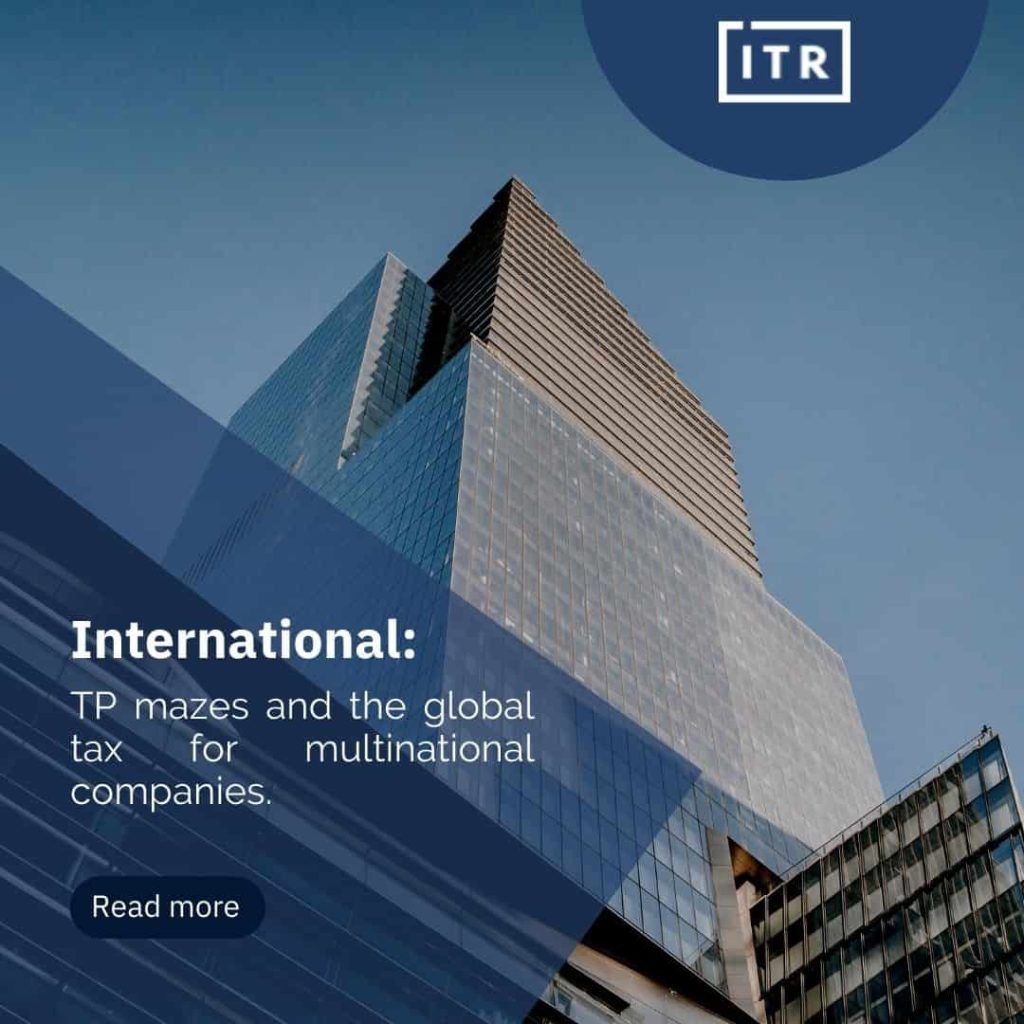Slovak Republic
The Slovak Transfer Pricing legislation is based on the Act. No. 595/2003 (Articles 1(2), 2n-r/ ab, ad, Articles 17/5, 17/6, 17/7, 18, and 18a) on Income Tax, which is the national law regulating Transfer Pricing between related parties.
One of the most significant milestones in Slovakia’s Transfer Pricing history was in December 2000, when Slovakia became a member of the Organization for Economic Co-operation and Development (OECD).
Such amendment detailing the obligation to maintain the Transfer Pricing documentation came into force on January 1, 2009.
Arm’s Length Principle
Article 17, clause 5, and Article 18 of the Income Tax Act No. 595/2003 states the Arm’s Length Principle.
The Arm’s Length Principle is based on a comparison of the terms agreed upon in any commercial or financial transaction between related parties and those agreed upon between unrelated parties in similar commercial or financial transactions in comparable circumstances.
Related Parties
The Slovak Income Tax Law and the Slovak Transfer Pricing Rules cover transactions with foreign-related parties.
In Section 2 (clause n, o, p, and r) of the Income Tax Law, Foreign related parties are defined as Slovak tax residents and/or non-Slovak tax residents who meet one of the following conditions:
- Relatives.
- Entities economically or personally related.
- Entities with certain other relationships.
You may also be economically or personally related:
- When the same entity directly or indirectly owns more than 25% of the share capital or voting rights of another.
- An entity and its legal representative or a member of its supervisory board.
- Two or more entities in which a third entity directly or indirectly owns more than 25% of the share capital or voting rights.
- Entities whose legal representative is the same person or a member of its supervisory board.
On January 1, 2023, the conditions were extended:
- The relationship between the tax resident taxpayer and its permanent establishments abroad,
- The relationship between a non-tax resident taxpayer and its permanent establishments in Slovakia,
- The relationship between permanent establishments of taxpayers who are considered related parties in the above sense and the relationship between such a permanent establishment and such taxpayer.
- In addition, the relationship between permanent establishments of the taxpayer.
Transfer Pricing Methods
Any traditional Transfer Pricing method or any other one based on the OECD Guidelines can be used. If necessary, a combination of several methods is also possible.
- Comparable Uncontrolled Price Method.
- Cost Plus Method.
- Resale Price Method.
- Profit Split Method.
- Transactional Net Margin Method.
Transfer Pricing Documentation
The Transfer Pricing documentation shall be prepared for each separated related party transaction or each group of aggregated related party transactions.
The documentation shall be prepared in the Slovak language. Conversely, from January 1, 2023, it may also be filed to the tax administrator in a foreign language. If the latter occurs, the tax authority may, upon request, ask for a translation into Slovak within 15 days after the filing thereof.
The complete Transfer Pricing documentation is based on the provisions of the OECD Guidelines and should include general Transfer Pricing documentation (Master File) and specific Transfer Pricing documentation (Local Report).
Transfer Pricing Penalties
According to section 18a of the ITA, the Tax Administration applies specific Transfer Pricing penalties in cases of aggressive tax planning.
The number of penalties in these cases is double compared to the number of standard penalties.
<script>
/*
Author: Wolfgang Hartl
Author URI: https://my-webcraftdesign.at/
DOCS: https://my-webcraftdesign.at/tutorial/read-more-read-less-toggle-in-bricksbuilder/
*/
function WCD_rmrl(options) {
const readLessText = options.readLessText;
const readMoreText = options.readMoreText;
const rmrlContent = document.querySelectorAll("[wcd_rmrl_percentage]");
rmrlContent.forEach((element) => {
// INITIAL SETUP (define height, overflow and attributes)
element.style.overflow = "hidden";
element.setAttribute("wcd_rmrl_max", element.clientHeight + "px");
var percentage = element.getAttribute("wcd_rmrl_percentage");
var height = element.clientHeight;
height = Math.round((height / 100) * percentage) + "px";
element.setAttribute("wcd_rmrl_min", height);
element.style.height = height;
//ASSIGN CLICK EVENT TO TRIGGER
trigger = element.nextSibling;
trigger.addEventListener("click", function () {
if (element.style.height == element.getAttribute("wcd_rmrl_min")) {
element.style.height = element.getAttribute("wcd_rmrl_max");
this.childNodes.forEach((node) => {
if (node.nodeValue !== null) {
node.nodeValue = readLessText;
}
});
} else {
element.style.height = element.getAttribute("wcd_rmrl_min");
this.childNodes.forEach((node) => {
if (node.nodeValue !== null) {
node.nodeValue = readMoreText;
}
});
}
});
});
}
const rmrl = new WCD_rmrl({
readLessText : 'Read Less',
readMoreText : 'Read More',
});
</script>External Articles
Below is a list of articles written by our staff and published in international publications.





